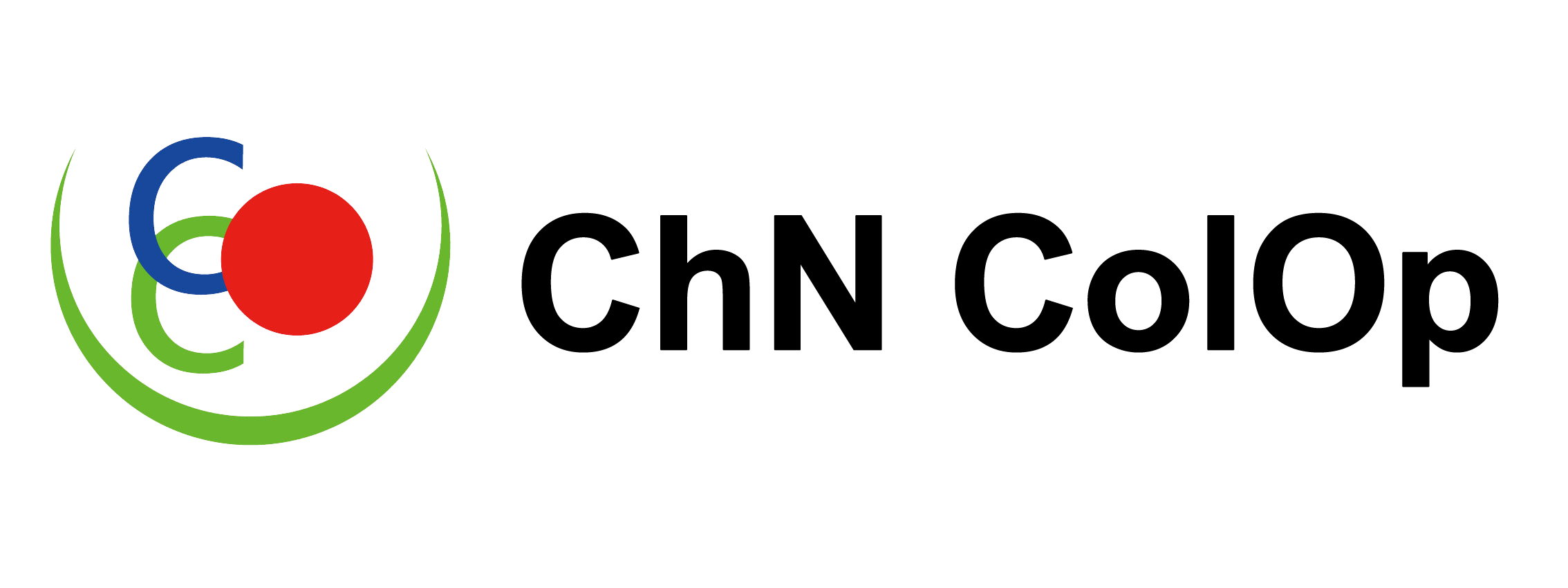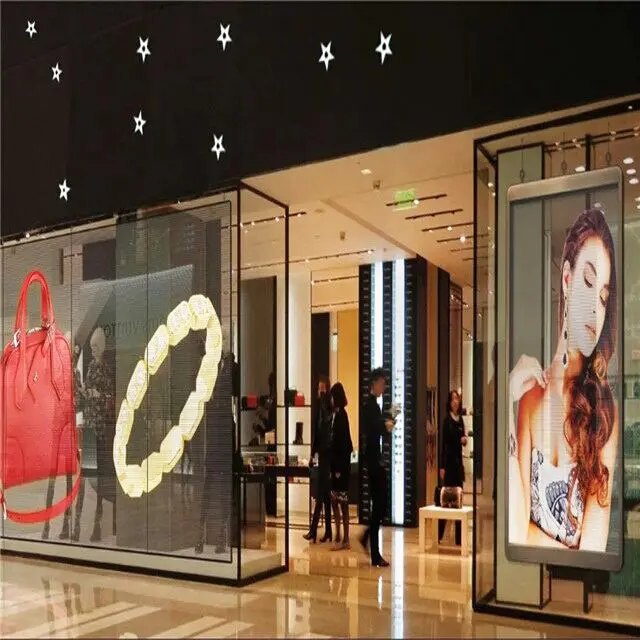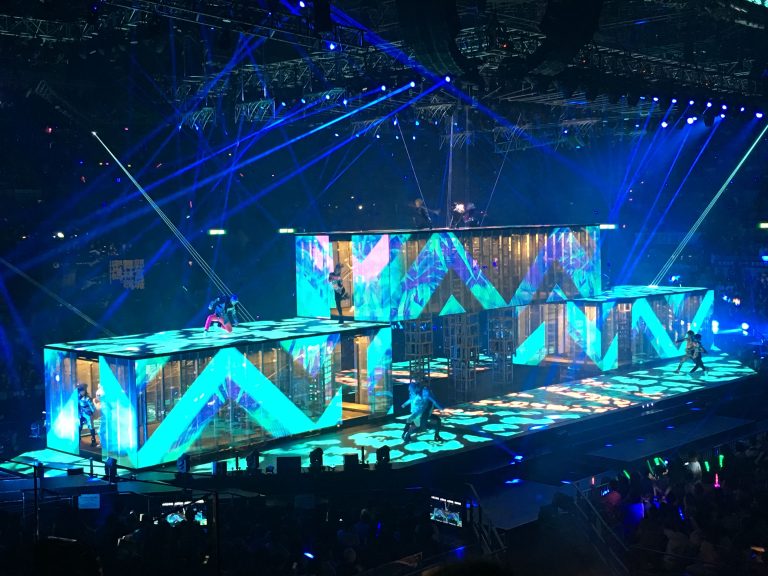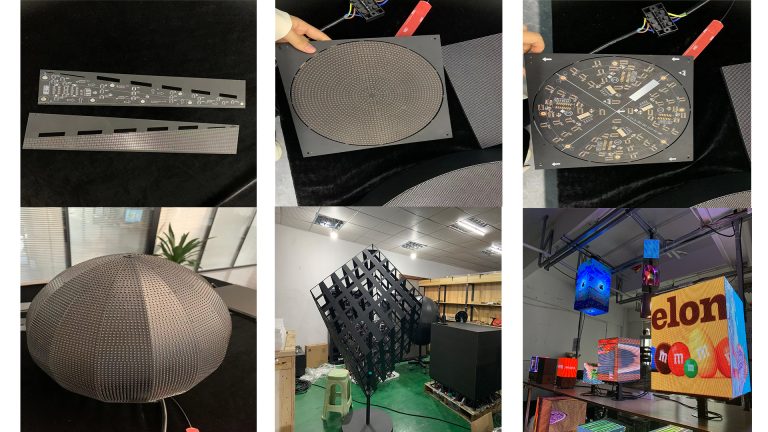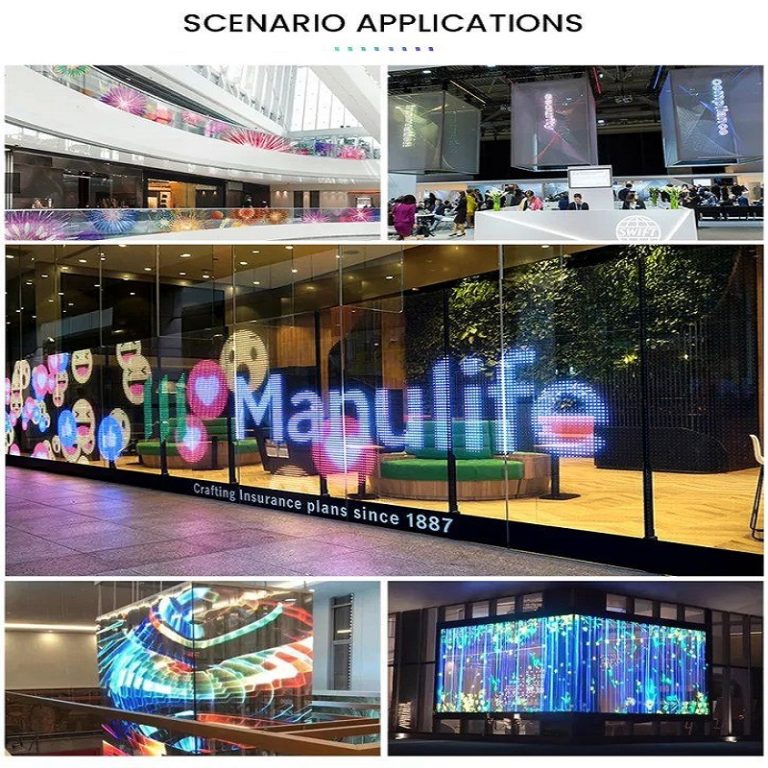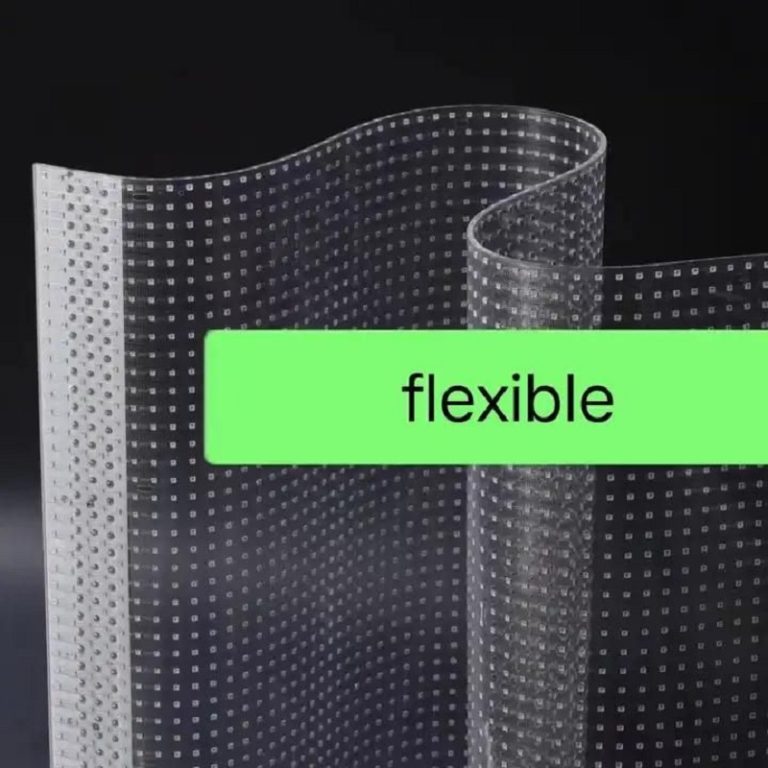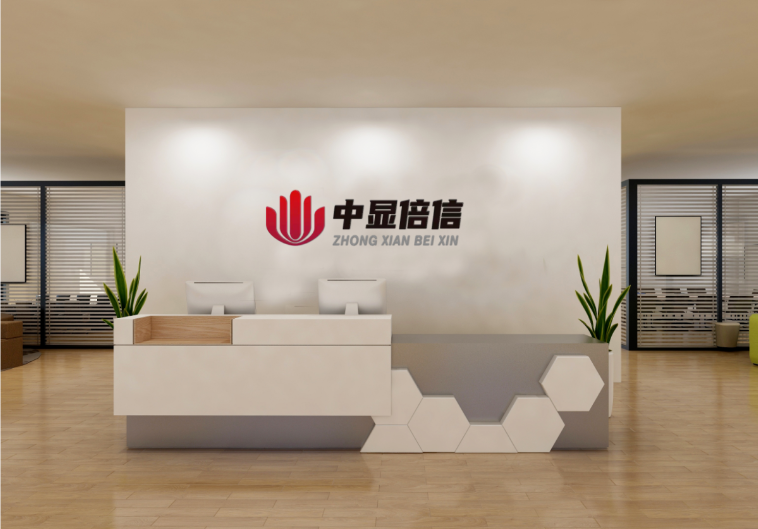LED Electronic Screen | High Definition Display Solutions to Light Up Your Every Moment
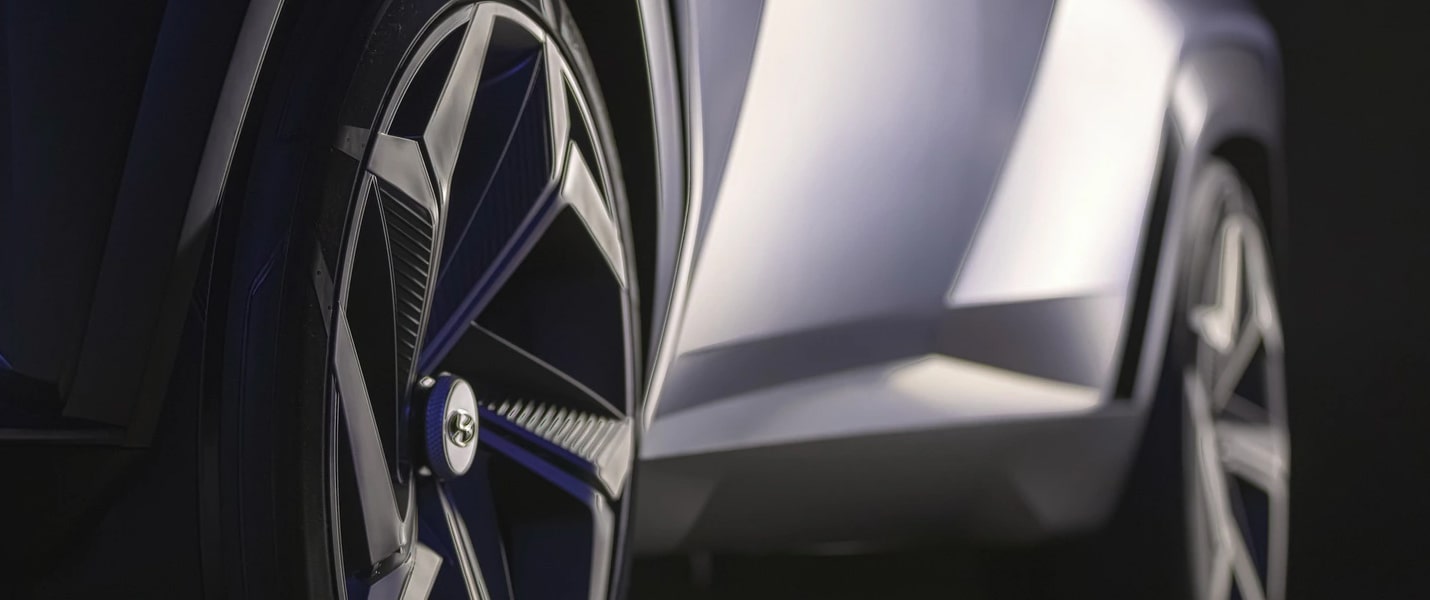
Transparent LED screen, new height of indoor advertising
When the sunlight passes through the transparent screen to cast a halo on the goods, when the glass wall suddenly starts to tell the brand story – this is no longer the scene of a science fiction movie.
Today, indoor LED transparent screen is quietly set off a ‘disappearing screen revolution’, so that the commercial space from the static container evolved into a moving intelligent life form.
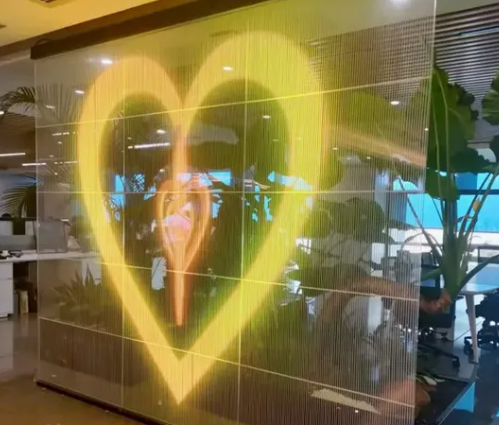
Core Technology Highlights
- High transmittance:
- Indoor LED transparent screen can reach 55%~70% light transmittance by optimizing LED dot spacing and adopting skeleton design, which makes the screen able to retain the scenery or environment behind it while displaying the image, and enhances the overall aesthetics and sense of design.
- Lightweight structure, space-saving:
- Indoor LED transparent screen adopts lightweight materials and minimalist design, making the main board of the screen body thin and light, extremely light weight, only 12kg/m2, after installation, it hardly occupies extra space, and has no impact on indoor facilities and structures.
- Low power consumption:
- Indoor LED transparent screen has low power consumption, the average power consumption is less than 400W/m2, which is much more energy-saving than traditional LED display.
- No need for traditional refrigeration:
- Due to the low heat generation, there is no need for traditional refrigeration system and air conditioning to dissipate heat, which further reduces energy consumption and operating costs.
- A variety of installation methods:
- Support wall-mounted, hanging, embedded and other installation methods, to adapt to the application needs of different indoor places.
- Convenient maintenance:
- The maintenance operation of indoor LED transparent screen is simple and fast, which is safe and saves labor and material resources. When a LED wick is damaged, only a single wick can be replaced, without replacing the entire module, reducing maintenance costs and time.
Scenario-based Evidence
- Luxury window display:
- Harrods department store in London tested that the transparent screen increased the utilization rate of the window display by 290% and maintained the visibility of the window display at night.
- Museum digital exhibition:
- The Egyptian Room of the Louvre uses layered display technology to enable millimeter-level spatial overlays between physical artifacts and digital explanations.
- Smart Office:
- WeWork in Silicon Valley transforms meeting glass walls into writable transparent screens, increasing space efficiency by 200%.
When every piece of glass becomes a medium for brands to talk to consumers, when physical space starts to have a digital soul – it’s not just a triumph of display technology, it’s the genetic evolution of commercial space.
Is your showroom still using traditional screens that cut off the space? It’s time for transparent display technology to inject ‘invisible competitiveness’ into your space!
